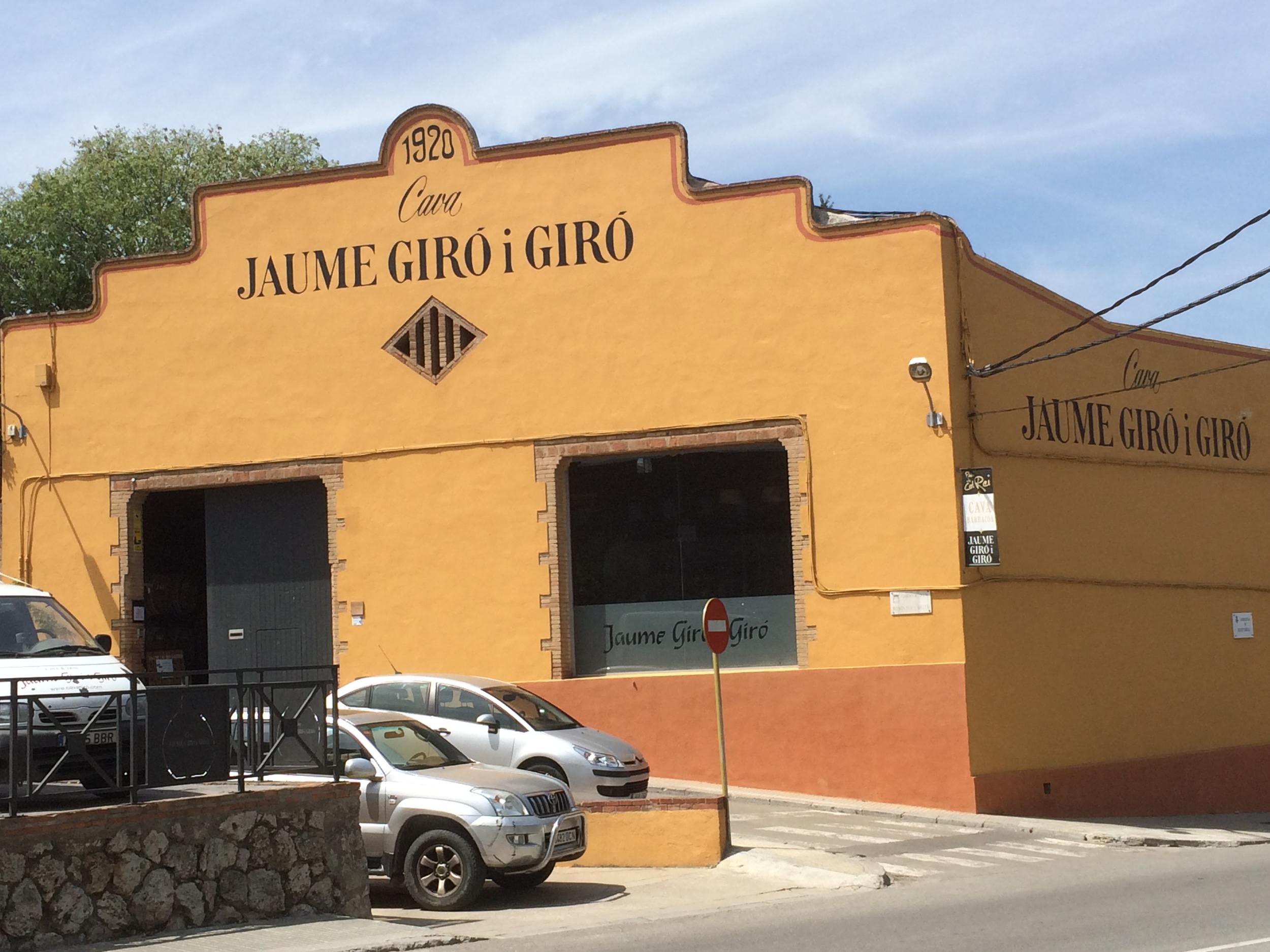Did you know that the “cava capital” of the world is literally less than an hour away from Barcelona? Considering the amount of cava I have consumed, I’m embarrassed to say I had no idea either! Cava is literally the “champagne of Spain”, and makes for easy drinking, bubbles when you need them, and an economical alternative to champagne.
As soon I found out about the Penedes region though Jessica, it was instantly added to our Spain itinerary. However, I had a hard time finding information online about planning a day trip to the region and visiting a few producers without going through an organized tour. So here’s what you need to know, if you are interested in quick day trip outside Barcelona for a glass (or many) of cava.
1. Where to go - The Penedes area is huge, and divided into 3 different sections – Alt Penedes, Penedes Cenral, and Baix Penedes. I recommend aiming for Sant Sadurni d’Anoia to begin with. Sant Sadurni is the town associated with cava, and is home to over 80 cava producers of differing sizes. Plus, it is quaint and picturesque, with a small town center that has specialty cava bars and restaurants.
2. Getting there - The local RENFE train line 4 runs from the main station Barcelona – Sants to Sant Sadurni, it takes about 45 minutes and costs under 10 Euros. Coming from the US where you HAVE to drive everywhere, this was the best part! No need to drink and drive, no designated driver, and so convenient. And the scenic mountain beauty as you get out of the city makes for a pleasant ride.
Of course, if you want to drive, it’s a 45-55 minute drive from Barcelona. Be warned though, we did hear from a few folks who drove inthat it was not easy finding the wineries as there are not many road signs, and they spent a lot of time driving around in circles. Make sure you have a map beforehand.
Once you get to San Sadurni, you can walk everywhere, although there are taxis available at the train station if you need them. Beware – a 2 km ride cost us 15 Euros, so I’d definitely say just walk if you can.
3. Finding the wineries - If you are walking around, you will stumble upon one cava house after another. Pretty much, that’s all there is in San Sadurni. If you are a bit more planned however, take a map or pick one up at the town center. Here is a useful map that I found online.
The big names Cava Freixenet, and Cava Codorniu both do guided tours. I’d recommend stopping by one of these to see the scale of cava production and learn about the history. We did the tour at Cava Codorniu, which I will write about in separate post. As you walk around, you will see a lot of the smaller artisanal cava makers as well.
Pro Tip: I highly suggest doing a tour at one of the smaller, family run houses to get a personalized experience and to understand the passion and culture behind the winemaking.
cava giro - artisan cava producer
4. MAKE A RESERVATION - If there are particular wineries you want to visit, the one thing you should absolutely do is make a reservation by calling or emailing them. MANY of these are small, family run businesses, so make sure they can accommodate you beforehand. If you want to visit the bigger producers – make a reservation online for a guided tour and tasting.
Pro Tip: Tours are usually offered in Catalan, Spanish, and English – make sure to check times for the right tour!
The smaller cava houses are also generally open to visitors dropping in when they are open, and can take you on a personal guided tour. That being said, it’s always better to drop them a note or give them a call beforehand, so they know to expect you. Also – read #5 below J
cava freixenet - just outside the sant sadurni train station
5. Opening, closing, and siesta times! - The larger producers are typically open through the day, and offer timed tours that you can set up. The websites have all this information.
The smaller wineries are a total different ballgame. There really isn’t a standard set of time that wineries open or close. In general, they are open from about 10am for a couple of hours in the morning, and then close in the afternoon for siesta time, reopening at about 3pm and closing at 5pm. That being said, some places open earlier, close later, have a longer siesta, shorter siesta, etc. I learned the hard way that these times are really not strict at the smaller wineries – they do what they want. Hence it becomes even more important to coordinate with them a visit time, so you are not disappointed.
6. Food - In Penedes, the wineries are set up to produce and sell wine. Food is not really part of the experience, and as such, not too many places offer winery lunches or much in the way offood. Better to check beforehand. However, there are plenty of restaurants in the area that are taking advantage of this, so ask a local for a recommendation. We ended up taking an assortment of snacks with us, so just sat out and enjoyed our lunch in the town center.
7. Cost - The wine tastings are typically between 3-10 Euros for 4-10 tastes depending on what the winery makes. The tours normally include the tasting and cost between 7-10 Euros. Very reasonable.
Overall, Penedes and Sant Sadurni has a ton of history, beauty and a ton of cava right at the doorstep of Barcelona. A great escape from the city, and with a bit of planning makes for a lovely day trip. Vamos!



